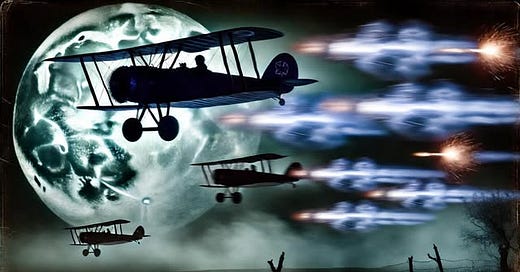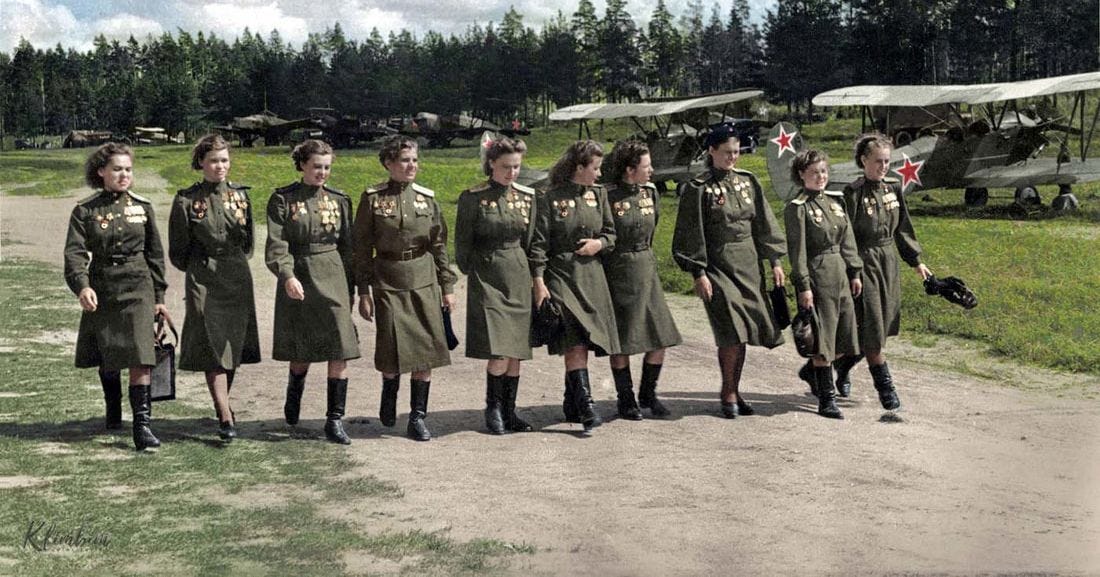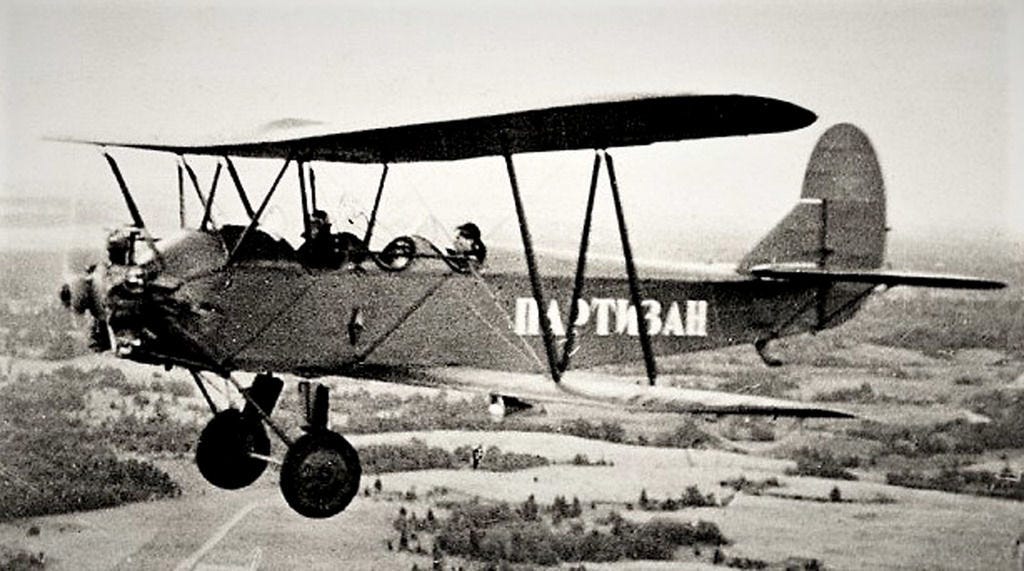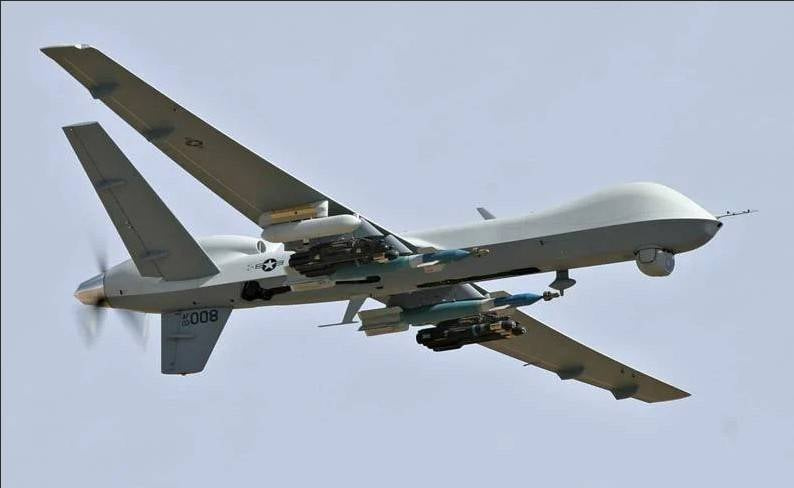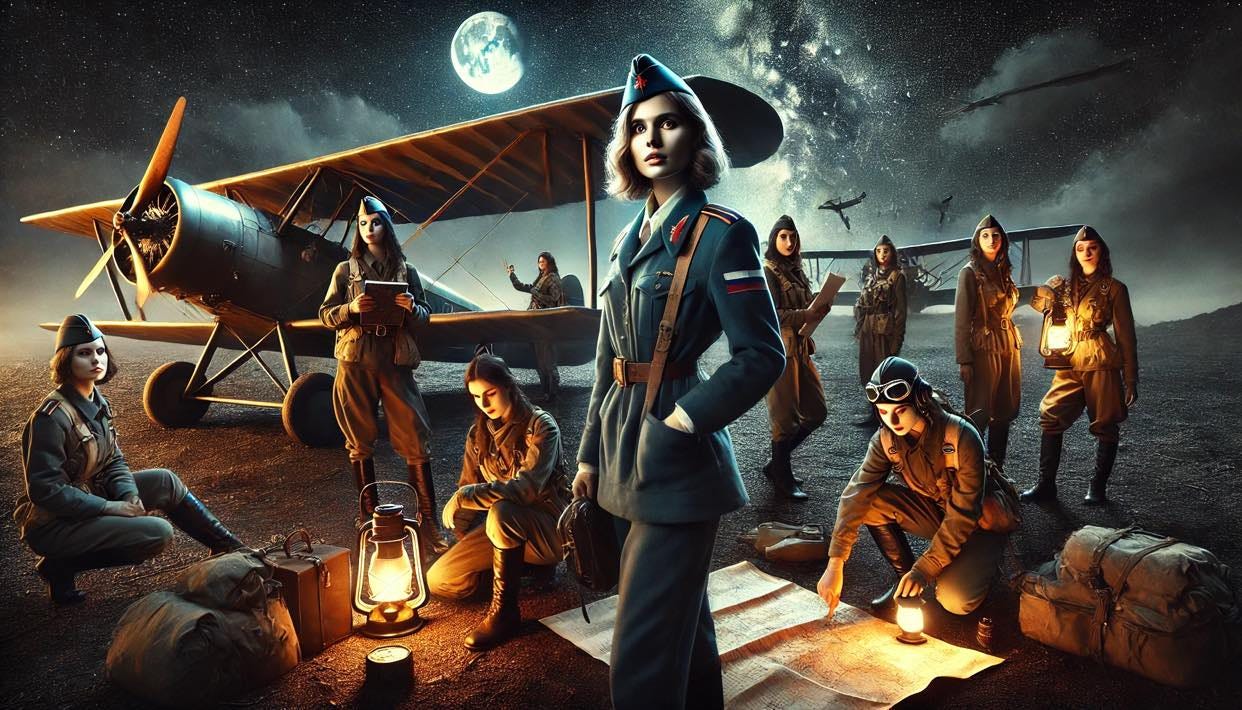In the annals of World War II, few stories are as captivating and inspiring as that of the Night Witches, an all-female Soviet bomber regiment that struck fear into the hearts of Nazi forces. These courageous women pilots, officially known as the 588th Night Bomber Regiment, flew over 30,000 missions between 1942 and 1945, dropping more than 3,000 tons of bombs on German targets. Their story is one of bravery, ingenuity, and determination in the face of overwhelming odds.
Origins and Formation
The Night Witches came into existence during a critical period of World War II. As Nazi Germany invaded the Soviet Union, the country found itself in desperate need of combat pilots. With many male pilots already lost in battle, Marina Raskova, a famous Russian aviator, convinced Soviet leader Joseph Stalin to form all-female air regiments. This decision made the Soviet Union the first country in the 20th century to allow women to directly engage in combat. The 588th Night Bomber Regiment was one of three all-female air units formed, but it was the only one to remain under female command throughout the war. Major Yevdokia Bershanskaya led these remarkable women throughout their campaign.
The Flying Machines
The Night Witches flew Polikarpov Po-2 biplanes, aircraft that were far from state-of-the-art even by 1940s standards. These wood-and-canvas planes were originally designed for training and crop dusting, lacking any modern equipment or protection. The open cockpits exposed pilots to frigid temperatures, with the bitter cold of Soviet winters making the planes so cold that touching them without gloves could tear off skin. Despite these challenges, the Po-2s had some unexpected advantages. Their slow speed made them difficult for faster German planes to target, and their ability to fly lower than the stall speed of Nazi aircraft gave them a unique edge in combat.
Tactics and Operations
The Night Witches developed innovative tactics to maximize their effectiveness and minimize losses. They would fly in groups of three, with two planes acting as decoys to draw enemy fire while the third would sneak in to drop its payload.
This strategy allowed them to penetrate German defenses and strike their targets with precision. One of their most effective techniques involved cutting their engines near the target, gliding silently towards their objective. This stealth approach gave them their nickname, as the whooshing sound of their aircraft reminded German soldiers of witches riding broomsticks. Referring to them as the “Nachthexen, the psychological impact of these silent, nocturnal raids was significant, often leaving Nazi forces disoriented and sleep-deprived. The Night Witches typically flew multiple missions each night, sometimes completing up to 18 sorties in a single evening. Their targets included enemy encampments, weapon depots, railway junctions, and other strategic locations behind German lines.
Achievements and Impact
The achievements of the Night Witches were remarkable, especially considering the challenges they faced. Over the course of the war, they:
Flew approximately 23,672 combat sorties
Logged 28,676 flight hours
Dropped over 3,000 tons of bombs and 26,000 incendiary shells
Damaged or destroyed numerous enemy targets, including 17 river crossings, 9 railways, 2 railway stations, 26 warehouses, 12 fuel depots, and 176 armored cars.
Their impact extended beyond mere statistics. The Night Witches became a symbol of Soviet resistance and female empowerment. Their success in combat challenged prevailing notions about women's capabilities in warfare and paved the way for greater inclusion of women in military roles.
Challenges and Adversity
Despite their impressive record, the Night Witches faced numerous challenges. They were often belittled and had to contend with worn-out equipment and uniforms. The physical demands of their missions were extreme, with pilots battling frostbite and exhaustion on a nightly basis. The danger was ever-present. At least 30 Night Witches lost their lives during the war. The Germans, recognizing the threat posed by these female aviators, offered an automatic Iron Cross medal to any pilot who managed to shoot down a Night Witch aircraft.
Legacy and Modern Relevance
The legacy of the Night Witches extends far beyond World War II. Their story serves as an inspiration for women in aviation and military service worldwide. They demonstrated that determination, skill, and courage are not limited by gender, paving the way for greater inclusion of women in combat roles. In terms of modern military tactics and strategy, the Night Witches' approach bears striking similarities to contemporary special operations and asymmetric warfare. Their use of simple technology to achieve outsized effects against a technologically superior enemy resonates with modern insurgency tactics. The psychological impact of their raids, causing fear and disruption beyond the physical damage inflicted, mirrors the goals of modern psychological operations (PSYOP) in warfare. One specific modern parallel can be drawn to the use of small, low-flying drones in current conflicts. Like the Po-2 biplanes of the Night Witches, these drones are often simple, inexpensive, and difficult to detect or intercept. They can be used for reconnaissance or to deliver small payloads, much like the Night Witches' bombing runs. The element of surprise and the psychological impact of such attacks continue to be significant factors in modern warfare. The Night Witches' legacy also underscores the importance of adaptability and innovation in military strategy. Their success with outdated equipment against a technologically superior foe demonstrates that creative tactics and determined execution can overcome material disadvantages. This lesson remains relevant in today's rapidly evolving battlefield environments, where asymmetric warfare and unconventional tactics often play crucial roles.
The Night Witches of World War II were more than just a fascinating historical footnote. They were pioneers who challenged gender norms, innovators who developed unique combat tactics, and heroes who made significant contributions to the Allied victory. Their story continues to inspire and inform military strategy and tactics to this day, serving as a testament to the enduring power of courage, ingenuity, and determination in the face of adversity.

